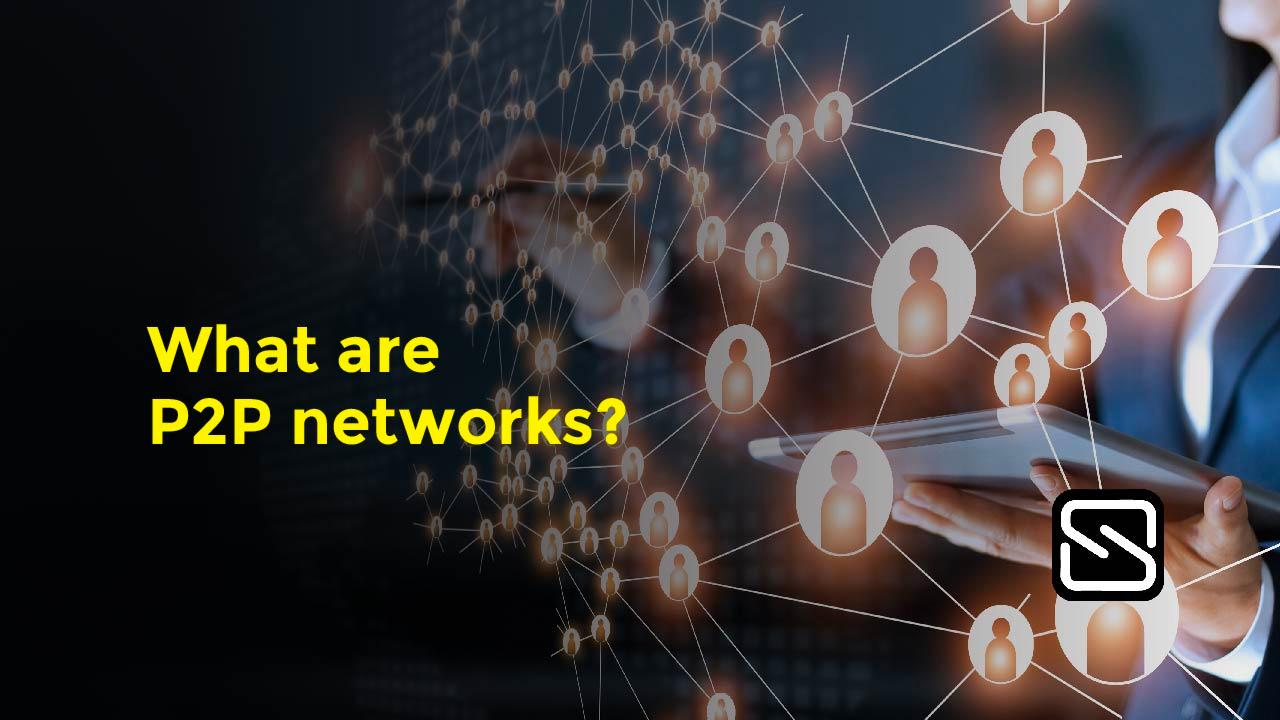What are P2P networks and how do they work?
Below we explain the mechanism of peer-to-peer networks that are revolutionizing the crypto domain.
By Staff
P2P is short for peer-to-peer networks and these are distributed network systems that have been used for business reasons since the 1980s. However, when college student Shawn Fanning established the music-sharing service Napster in 1999, the concept was introduced to the wider public.
The program quickly became a hub for the unlawful sharing of copyrighted songs, but after a lawsuit by the American music industry, Napster was shut down by politicians two years later. As a result, a new generation of peer-to-peer (P2P) services arose to fill the gap and promote the growth of decentralized networks.
As opposed to other P2P systems in which immutability isn’t a priority, Satoshi Nakamoto wanted to introduce a system of nodes that would store a linked and ever-growing transaction record that could not be altered or revised. P2P networks are the fundamental framework of the peer-to-peer blockchain technology that makes cryptocurrencies possible. Their decentralized architecture is secure and eliminates the need for third-party intermediaries.
A peer-to-peer (P2P) network is a decentralized communication architecture in which two peers, referred to as nodes, can communicate with each other without the use of a central server. Unlike the seeder/leecher (or client/server) model, which allows each party to act as either seeder or leecher but not both, the P2P network model allows each party to act as both a seeder and a leecher. This means that once the network is established, the participants can use it to distribute and store files without the need for an intermediary.
Today, the P2P model is leveraged at the core of blockchain technology and has found a new use with the advent of cryptocurrencies. P2P networks are the mechanism used by cryptocurrencies to disseminate system information while keeping the whole system as decentralized as possible. Cryptocurrency P2P networks have new characteristics that propose new challenges and avoid some problems of existing P2P networks.
How do they work?
Some people compare a P2P exchange to marketplaces like Craigslist or Facebook Marketplace because P2P exchanges connect crypto buyers and sellers. Buyers and sellers can browse crypto ads or post ads of their own. P2P exchanges can also provide a layer of protection for everyone involved in the transaction, by implementing a feedback or rating system.
Benefits of P2P networks
- Improved network efficiency: In P2P networks, each node participates in the routing and forwarding of data. This can improve network efficiency, as there’s no need for dedicated routers or servers.
- Resilience to failure: P2P networks are more resilient to failure than centralized networks, as the loss of a single node doesn’t cripple the entire network.
- Privacy: P2P networks are often viewed as more privacy-friendly than centralized networks, as there’s no need for a central authority to store or access user data.
- Scalability: P2P networks are designed to be scalable. Each node or peer can be a server, preventing bottlenecks encountered in centralized systems when the number of clients increases. With a P2P network, an increase in the number of clients means an equal increase in the number of servers.
- Cost: P2P networks are considerably cost-effective, as costs don’t aggregate around a centralized authority but are instead distributed. In addition, these networks are highly scalable and efficient, due to the multiple roles of every node.
When examining the benefits and limitations of P2P networks, it’s essential to consider the specific use case for which a network will be used. P2P networks can be useful tools for improved network efficiency, resilience to failure, and scalability but centralized networks offer greater benefits in some instances.
